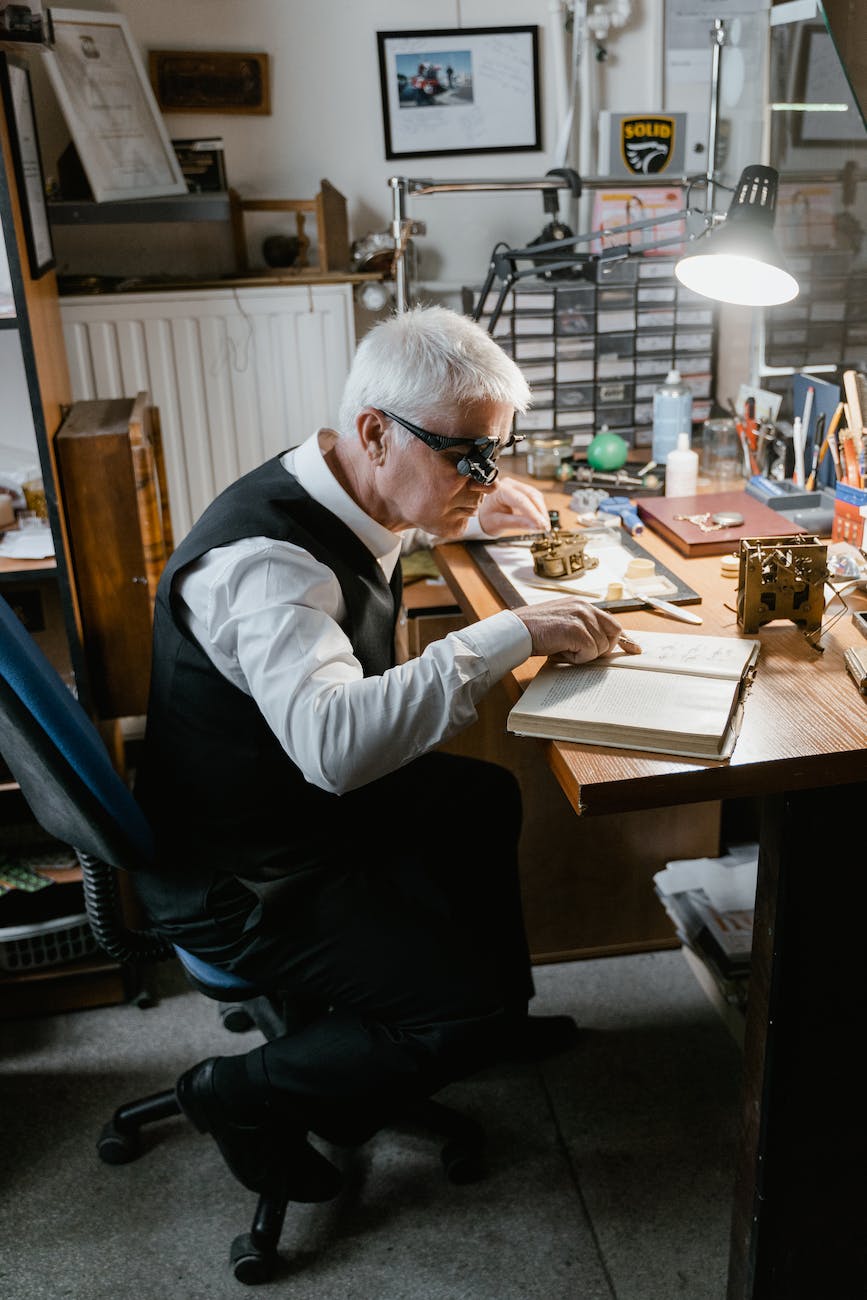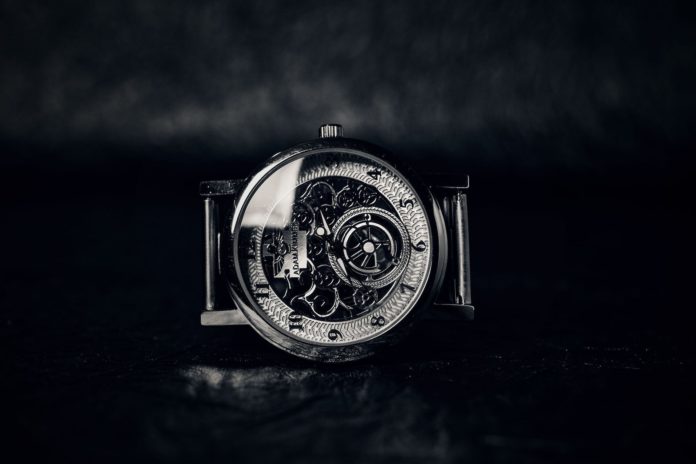Swiss watches have long been renowned for their precision, craftsmanship, and timeless style. Made with a dedication to quality and attention to detail, these timepieces are not only functional but also serve as a symbol of luxury and sophistication.
From the sleek elegance of the classic dress watch to the rugged durability of the diver’s watch, Swiss watchmakers have created a vast array of designs to suit every taste and lifestyle. In this article, we will explore the history and evolution of Swiss luxury watches, and examine what makes them such an enduring symbol of precision and style.
History of Swiss Watches
In the early 19th century, Swiss watchmakers began to adopt the use of interchangeable parts, which revolutionized the watchmaking industry. Prior to this, watchmakers would create each component of a watch individually, making repairs difficult and time-consuming. The use of interchangeable parts allowed watches to be repaired quickly and efficiently, leading to an increase in demand for Swiss watches.
In the late 19th century, the Swiss watch industry experienced a period of rapid growth and innovation. The introduction of the railroad system created a need for accurate and reliable timepieces. Swiss watchmakers rose to the challenge, creating watches that could keep accurate time even in the toughest conditions. This led to the development of the chronometer, a highly accurate timepiece that was used by explorers, sailors, and scientists.
In the early 20th century, Swiss watchmakers faced a new challenge: the rise of the quartz watch. Quartz watches, which were first introduced in the 1960s, used electronic technology to keep accurate time. This threatened the Swiss watch industry, which had long relied on mechanical watchmaking. However, Swiss watchmakers adapted, creating quartz watches of their own while still maintaining their dedication to precision and craftsmanship.
In the 21st century, Swiss watches remain a symbol of luxury and style. While the industry has faced challenges from the rise of smartwatches and other new technologies, Swiss watchmakers continue to innovate and create new designs that capture the spirit of their craft. Today, Swiss luxury watches serve a purpose beyond simply telling time; they are works of art, expressions of individual style and personality, and an investment in quality and craftsmanship that will last for generations.

Main Components of Swiss Watches
The case of a Swiss watch is typically made from high-quality materials such as stainless steel, gold, or platinum. These materials are carefully chosen for their durability, resistance to wear and tear, and aesthetic appeal. The case protects the internal workings of the watch from damage and provides a stylish and elegant exterior.
The movement is the heart of a Swiss luxury watch, and it consists of hundreds of individual components that work together to keep accurate time. These components include gears, springs, levers, and other small parts that are meticulously crafted to exacting standards. The movement is responsible for powering the watch’s hands and keeping them moving in perfect sync.
The crystal is the transparent cover that protects the dial from damage and debris. It is typically made from sapphire or mineral glass, both of which are highly scratch-resistant and durable. The crystal is an important part of the watch’s overall design, and it can be curved, flat, or even domed to create a unique aesthetic.
The crown is the small button located on the side of the watch that is used to set the time and wind the mainspring. It is typically made from the same material as the case and is designed for easy grip and smooth operation.
Precision Engineering
At the heart of every Swiss watch is its movement, the mechanism that powers the watch and keeps time. Swiss movements are renowned for their accuracy and reliability, thanks to the precision engineering that goes into their design and manufacture. From quartz movements that use a battery and crystal to keep time, to mechanical movements that rely on a mainspring and gears, Swiss movements are engineered to last.
Craftsmanship
Swiss watches are also known for their craftsmanship, which is reflected in every aspect of their design and manufacture. From the delicate workmanship of the hands, dial, and case, to the intricate details of the movement, Swiss watches are made with a level of care and attention to detail that is unmatched in the world of timepieces. Whether you choose a simple, classic design, or a more elaborate and ornate watch, you can be sure that it has been crafted with the utmost care and precision.
Style
Of course, Swiss watches are also known for their style, and the range of styles available is truly staggering. From classic, timeless designs to modern, cutting-edge styles, Swiss watches offer something for everyone. Whether you prefer a simple, understated look or a bold, statement-making timepiece, there is a Swiss watch out there that will suit your style perfectly.
Investment
Finally, it’s worth mentioning that Swiss watches are a great investment. Not only do they hold their value well, but they can also appreciate in value over time. From vintage watches to modern masterpieces, Swiss watches are sought after by collectors and enthusiasts alike, making them a great addition to any collection.
Concluding Thoughts
Swiss watches are more than just timepieces; they are symbols of precision, craftsmanship, and style. Whether you’re looking for a reliable timekeeper, a work of art, or an investment, a Swiss watch is the perfect choice. So why wait? Invest in a unique watch today and experience the beauty, precision, and style that these timepieces have to offer.
Arsene Wargas
Information sourced by the author for luxuryactivist.com. All content is copyrighted with no reproduction rights available. Images are for illustration purposes only.
